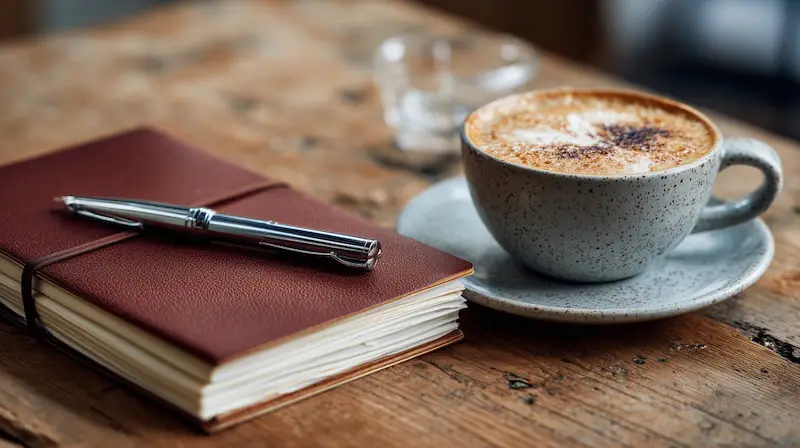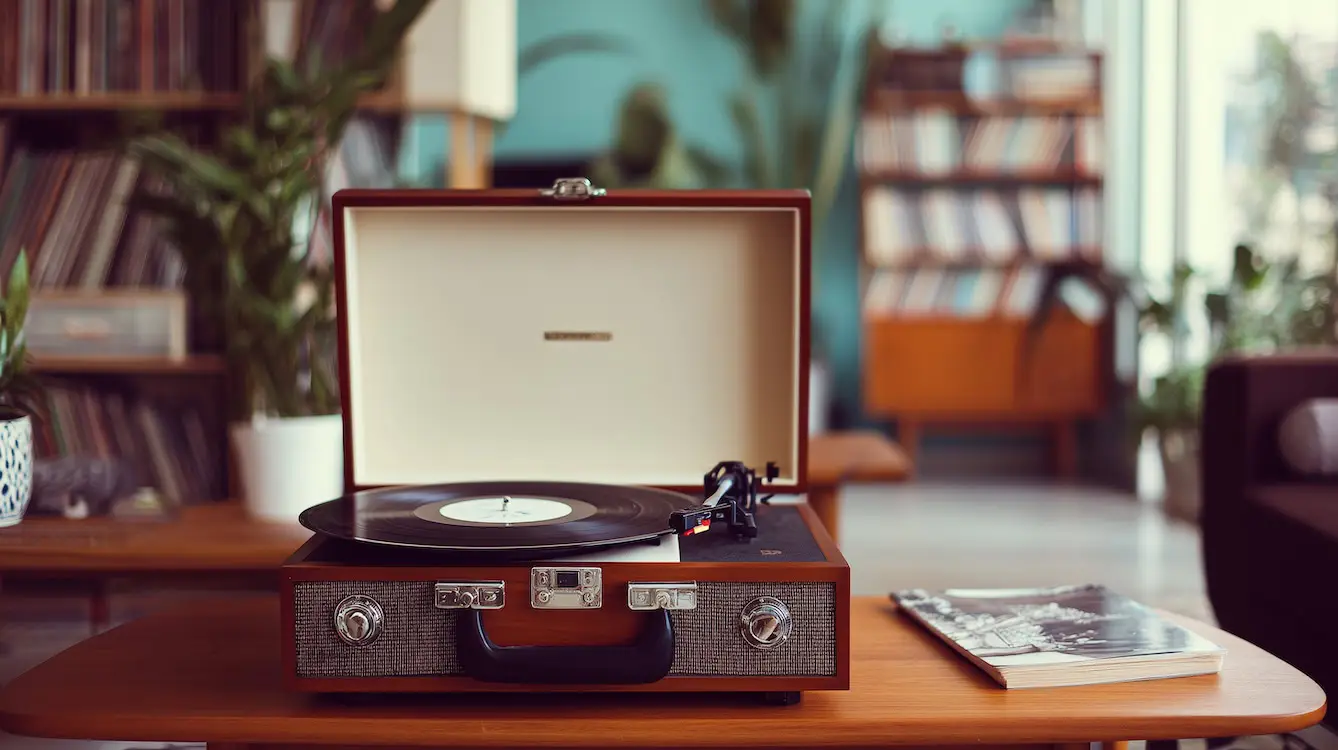Life now moves at the speed of a scroll, and many of us are feeling the effects. Screens follow us from morning to night, shaping how we work, relax, and communicate. Yet there is a quiet shift as more people adopt digital detox habits, slow living, and mindful technology use to find balance. Analogue living is part of this change. It celebrates presence, creativity, and calm by encouraging real-world experiences over constant connectivity. From playing vinyl records to joining book clubs or writing by hand, analogue living helps rebuild attention, reduce stress, and rediscover enjoyment in the physical world. It’s not about rejecting technology, but about using it consciously and leaving space for life that unfolds offline.

What Analogue Living Means
Analogue living involves engaging deeply with the world rather than just skimming its surface. It promotes slowing down, paying attention, and finding satisfaction in the process rather than solely focusing on the outcome. This approach fosters creativity, calmness, and focus by giving the mind and body a break from constant stimulation. Consider replacing passive scrolling with activities that awaken your senses, such as reading a printed book, taking handwritten notes, or spending time outdoors. The advantage is feeling more present, grounded, and connected to yourself and the world around you.
Everyday Analogue Rituals
Analogue living thrives on small, repeatable habits that bring calm into daily life. Start your morning without checking your phone. Read a newspaper over coffee or keep a journal for handwritten reflections. Join a book club, write letters to friends, or listen to a whole album from start to finish. Each ritual trains the mind to focus and find pleasure in simplicity. These moments reduce mental clutter, improve concentration, and create a steady rhythm that screens often interrupt.
Craft, Writing, And The Return Of Making
There is increasing interest in tactile, hands-on creativity, from pottery to sketching, sewing, woodworking, and painting. People are rediscovering the satisfaction of making something tangible, even if imperfect. Writing with a fountain pen or keeping a daily sketchbook can reduce anxiety and spark creative thinking. Some are returning to vintage tools like typewriters, film cameras, or cassette recorders to reintroduce patience and process into their work. Creating things by hand enhances focus, encourages mindfulness, and offers the reward of producing something enduring in a world of instant output.
Food, Gardens, And The Pleasure Of Process
Cooking and gardening are natural ways of embracing analogue living. Both foster patience and reward focus. Kneading dough, stirring a sauce, or planting seeds engages the senses and promotes mindfulness through touch, sound, and smell. These activities deepen our connection to nourishment and nature. Benefits include reduced stress, improved mood, and a greater appreciation for the effort involved. Grow herbs on a windowsill, bake bread at home, or care for houseplants; each activity helps restore balance and slow down the rush of daily life.
Restoring Focus And Presence
Analogue habits serve as potent antidotes to distraction. Writing by hand slows down thoughts, enhancing memory and clarity. Walking without headphones creates space for reflection and creative ideas. Listening to vinyl or an old tape recorder fosters patience because it’s not as easy to skip, meaning you’ll have to listen. Watching a film without second-screening or taking photos without instant review helps retrain focus. These practices rebuild attention span, reduce anxiety, and make experiences feel richer and more rewarding.
Trying An Analogue Day
If completely unplugging feels unrealistic, start with one analogue day each month. Turn off devices, silence notifications, and replace scrolling with sensory activities such as visiting a bookshop, going to a gallery, or cooking something from scratch. Spend time with people face-to-face, or let yourself get bored. Analogue days serve as a reset for the mind, improving sleep, energy, and concentration in the days that follow. The more regularly you practise them, the more natural they become.
Finding A Healthy Digital Balance
Living in an analogue way is not opposed to technology; it simply requires balance. Digital tools can inform, inspire, and connect, but excessive noise dulls creativity and peace. Achieving balance involves being purposeful about screen use rather than allowing them to fill every quiet moment. Set boundaries such as no phones at the dinner table, time limits on social apps, or screen-free evenings. This mindful approach to technology restores control, helping you feel calmer, clearer, and more present. The goal is not disconnection but meaningful connections with people, your environment, and yourself.
Final Notes On Analogue Living
Analogue living is not about nostalgia, but about renewal. It invites us to slow down enough to notice the texture of life, like the sound of a record spinning, the feel of paper under a pen, the quiet joy of creating something with our hands. It values depth over distraction and demonstrates that slowing down is not falling behind. By creating space for offline experiences, we rediscover what makes life feel rich, grounded, and human.
Frequently Asked Questions About Analogue Living
What is analogue living?
Analogue living involves spending more time engaging with real-world, sensory experiences and less time in front of screens to regain focus, calm, and creativity.
Does it mean giving up technology?
No. It’s about balance, not avoidance. The goal is to use technology intentionally while maintaining space for offline life.
How can I start living more offline?
Begin with simple habits like phone-free mornings, listening to records, writing by hand, or joining a local book club. Consistency is more important than rules.
Why is analogue living good for wellbeing?
It reduces overstimulation, helps the mind rest, and restores enjoyment in tactile, physical activities that engage the senses and nurture creativity.
Can analogue and digital living coexist?
Yes. The healthiest lifestyle combines both, using technology where it is helpful and turning to analogue rituals for balance and clarity.
We like these articles: Very Well Mind: Why and how to do a digital detox and BBC: The unstoppable rise of digital detox retreats. You might also like this article: How to turn travel time into mindful commuting.
